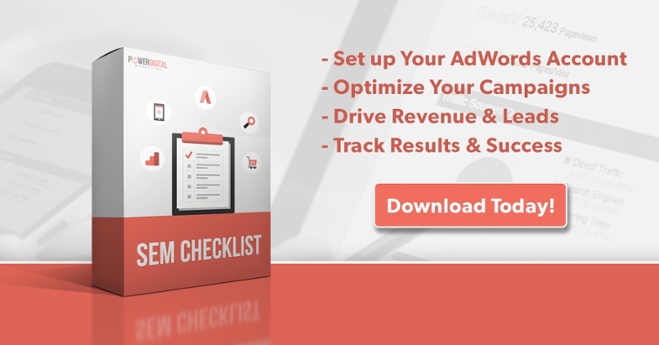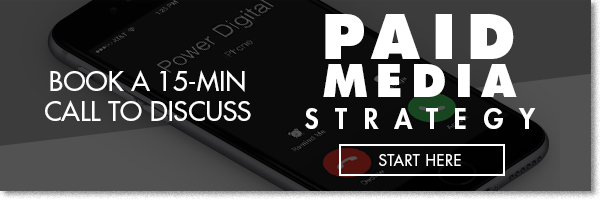Breaking Down Microsoft’s Audience Network
Last month, Microsoft announced the release of a new ad display network labeled Microsoft Audience Network. Though the company has had the Bing Audience Network, the new offering brings together a number of elements that weren’t previously available: Bing search-intent signals, Microsoft’s AI capabilities and the Microsoft audience graph.
Microsoft Audience Network (MSAN) uses artificial intelligence to help optimize ad selection, as well as improve ad relevance. Additionally, it also runs predictions in both clicks and conversions. The platform builds on the Bing Audience Network and Bing Native Ads, which launched back in 2015.
The new offering extends their reach further thanks to enhanced data sources which make for clearer audience targeting and give more control to advertisers.
So what’s the difference? This upgrade apparently shifts the data behind the ads from search history, previous site visits and page content to a full-scale data integration across Microsoft owned assets including, Bing, Microsoft Edge, and most importantly LinkedIn (acquired in 2016).
The Microsoft Graph
The MSAN platform will merge Bing’s organic and paid search expertise with Microsoft’s artificial intelligence (AI) capabilities and innovative audience graph. Through the MSAN platform, advertisers will be able to expand their reach across a variety of Microsoft and third-party platforms and websites.
The Microsoft audience graph consists of 120 million Office365 subscribers, 1.5 billion Windows users and 500 million LinkedIn users. LinkedIn professional data is a unique element in the mix. There’s also data from Outlook and Skype users.
Related: Bing Product Ads Update
Ad Formats
Responsive ads: The Microsoft Audience Network can support two responsive ad formats: image-based ads and feed-based ads. Responsive ads automatically adjust to accommodate the sizes and shapes of native ad formats.
Image-based ads: These image-based ads are used to engage your customers with visuals. Images are compatible across different platforms, publishers and placements, allowing you to use existing assets from your campaigns on the Google Display Network and Facebook.
Feed-based ads: Using Product Audiences, you can remarket to customers based on the specific products they viewed or added to their cart. Feed-based ads, dynamic remarketing, promote those same products to customers.
Conclusion
The introduction of the Microsoft Audience Network and the way in which it will use the Microsoft Graph are the first real moves by Microsoft to integrate the data that it acquired through its purchase of LinkedIn
MSAN provides marketers with a great way to expand their reach on potentially high-quality relevant users.
By extending your Bing Ads search campaigns to native, you can increase high-quality clicks from your target audience. Likewise, you can increase impressions and traffic through brand-safe, native content placements. Lastly, MSAN makes it easy to upload current AdWords campaigns right into the platform. This way, if you know a campaign is already successful in Google AdWords, it may be worth a testing performance on MSAN.



















